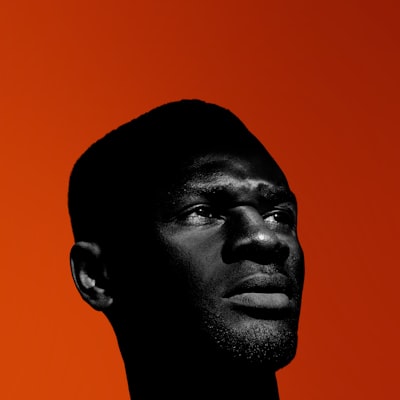What is Reflexology?

The practice of foot reflexology is also referred to by the name of foot reflexology. It is the practice of applying gentle pressure being applied to specific points on your feet and hands. It is believed that specific regions of the feet as well as hands have more sensitivity than others. The practitioner puts pressure on these zones to increase the flow of blood and to relax joints and muscles. A lot of people doubt the efficacy in using reflexology to treat certain diseases. Numerous people have seen relief from reflexology when they incorporate it into their daily routine.
Reflexology sessions usually last anywhere from one to two minutes to two hours. It can be conducted privately or in the company of qualified professionals with a certificate. A massage may be performed by the same practitioner when the person is unable to join a private session. This treatment utilizes the pressure of a specific area on the feet and hands. This is different than most other forms of therapy since it does not require the application of creams or oils.
The reflexologist will need to identify the specific problem area prior to performing the reflexology massage. Once they have identified the areas of concern the reflexologist will apply pressure to that area. The practitioner will then ask clients to continue applying pressure to the region involved for some time in between each treatment. This is to allow the feet and their hands to become more familiar with the procedure. You can have a foot massage completed in one go, or over several visits. Some people find having the same place for massages over time can help people relax and achieve the best results.
Females who want to seek fertility reflexology to improve fertility are often advised to perform a series of massage treatments to stimulate those reflex points within the hands and feet. As stated above there is a belief that fertility could be related with the nervous system of autonomic. Acupuncture can improve fertility through increasing amounts of estrogen and progesterone within the body. These are the hormones responsible for controlling the menstrual cycle and stimulating menstrual cycles. The theory behind reflexology is to boost blood flow and enhance energy and rhythm as well as relieve tension.
The practice of reflexology is often a part of a complete wellness regimen for women because it helps to ease pain, aids in losing weight, circulation and general wellbeing. The theory behind reflexology is that the touch of a person triggers their body's own response. It is based on the reflexes in your feet and hands. The connection between the two is the basis for this kind of therapy.
There are many health issues that are caused by abnormalities of the autonomic nerve system. Reflexology measures your blood pressure and hormones levels breath, heartbeat temperature and blood flow. The blood pressure might affect menstrual cycle regulation and the ovulation cycle. In the case of fertility issues or infertility problems, reflexology may be useful. It can also assist in weight loss and help maintain normal cholesterol levels.
The practice of reflexology could be part of a total holistic program of treatment or even a particular part of it. Reflexology practitioners are trained to analyze your situation and provide treatment options. Many practitioners believe that reflexology is a way to help the body's own natural defenses to control the pain. The practice of reflexology may help you when you're experiencing pain or have a issue.
It is crucial to keep in mind that this form of treatment should not be considered to be an alternative to traditional medicine or medical procedures. It should only be utilized for its intended purpose only. It shouldn't be utilized together with other wellness practices like exercising, eating or meditation. If there are areas of the body that require stimulation or to balance hormones, reflexology could be a suitable solution.
